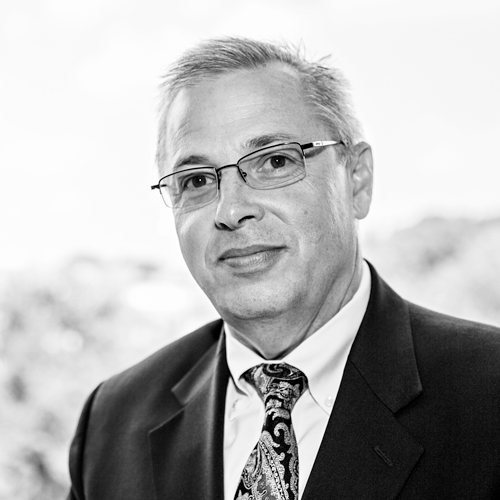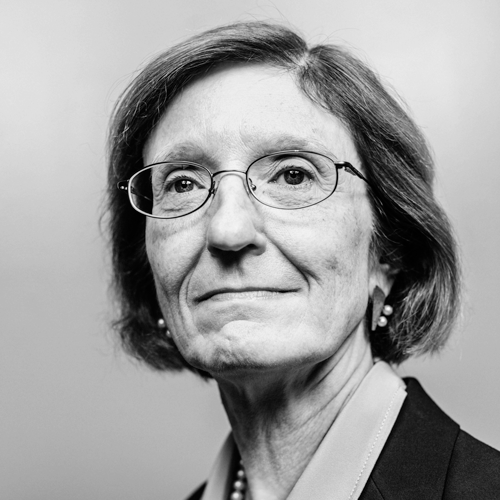
When did you decide you wanted to be a physician?
Meika Neblett: I’ve never wanted to be anything else. I read medical books when I was young, explained various childhood illnesses to my friends, and once, when I was seven years old, even took care of my mother’s arm that was gushing blood. Nothing too heroic, but it was a pivotal moment to me. Wanting to be a doctor also influenced other decisions I made—I chose to learn Spanish so that I could be a bilingual physician and took a speed-reading class to prepare for medical school.
During your residency, you started gravitating toward administration and policy, which isn’t typical for young doctors. How did that come about?
MN: In the emergency department, I concentrated on improving process flow rather than just “moving the meat” and getting charts out of the rack without focusing on patient care, quality, and customer service. But to make changes, I needed to be in a leadership position. That meant I needed more training to learn how to be a good administrator, how to earn people’s trust, and how to be an effective leader. I love clinical work but knew that being an administrator was the way to have greater impact and to be able to make meaningful changes in policies and processes.
Now that you’re in a position to make changes, what are your priorities?
MN: There are many, but the top three, in no particular order, are cost containment, quality care, and patient satisfaction. For cost containment, standardization strategies for supplies and equipment are key. Efforts to improve and ensure quality care are ongoing to monitoring length of stay and decrease readmissions. We are actively engaging without outside consultants to maintain and improve patient satisfaction. I perform daily leadership rounds on patients and staff to ensure that I address and solve problems in real time, and ensure that I stay up-to-date on all innovating treatments for our patients.
“The challenge is to understand and appreciate the norms and needs of the different cultures so that you can communicate appropriately. That’s crucial to providing effective care.”
CarePoint emphasizes 360-degree care. What does that mean from the patient’s point of view?
MN: It’s the idea that we can provide comprehensive care, no matter what specialty is needed. We’re located just outside New York City, and many patients think that’s where they have to go for advanced types of treatment. But our system, which combined Bayonne Medical Center, Christ Hospital in Jersey City, and Hoboken University Medical Center, can help them navigate from the ER or a private physician’s office [to] surgery, rehabilitation, cancer care, or orthopedic services, among many others. They don’t have to leave Hudson County.
Aside from your administrative and public-health training, were there specific experiences in your medical career that helped prepare you for a leadership position?
MN: Howard University College of Medicine, which is a predominately African American school, left an indelible mark on my development. It was an empowering experience to be educated and mentored by such brilliant African American physicians and professors.
There were also some less-than-positive experiences that shaped my career. A male supervisor told me that I would never be a successful administrator because I am not a calm, quiet, and passive woman. And once a surgeon asked me to leave her operating room after she found out that I was a Howard Medical School student and not from the elite school she thought I had attended. She felt that she shouldn’t waste her time with me.
Those experiences, though, made me even more determined to succeed. My parents instilled in me the idea that, as an African American woman, I’d have to work harder to prove myself every single day, at every stage of my career. It’s just a fact.
Did episodes like that make you more sensitive to the role that culture plays in treating patients?
MN: Yes. I have practiced in a wide variety of hospital settings and have worked with patients from different backgrounds—from affluent patients to patients from poor neighborhoods, in remote rural areas, large urban cities, and areas that served large immigrant populations, as well as in third-world countries. The challenge is to understand and appreciate the norms and needs of the different cultures so that you can communicate appropriately. That’s crucial to providing effective care. You have to know whether patients prefer direct eye contact, whether or not to shake their hands, whether they like knowing all the medical information or just the basics. In some instances, there were patients who were not comfortable with a black female physician, so I had to prove myself to them. To be effective, we need to make each patient feel special—treat them individually and on their terms.
Can you describe any system-wide initiatives within CarePoint?
MN: Like most organizations, we’re working on many projects to help improve healthcare delivery. We’ve been involved in Medicare’s bundle program, a readmission reduction initiative, and promoting and enhancing new innovations like robotic surgery with the da Vinci and MAKO robots. In connection with the CMS Meaningful Use attestation and using technology to make improvements, we actively focus on encouraging patients to utilize our patient portal so they can have quick access to their medical records.
Another initiative that’s unique to CarePoint is an ongoing effort to create a more unified culture between our three institutions that were previously in competition with each other. Old habits are hard to break, but we encourage collaboration through system-wide activities so that former competitors get a chance to work together.
Because you’re so passionate about making systemic improvements, do you have an idea of the kind of legacy you want to leave years from now?
MN: Even though I directly affect the lives of my patients, I’d still like to achieve something that has a lasting impact for generations to come. I know I won’t create a new antibiotic or cure cancer, but I’ll keep striving to achieve something great.


